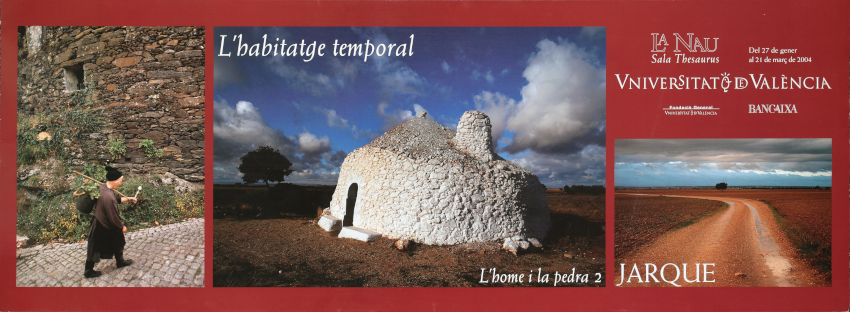
There is a great micro-world of dry stone construction. The more I get to know it, the more fascinated I am. Beautiful, vast and universal landscapes open up before me.
I imagine an ongoing and peaceful army from the past, consisting of anonymous "architects", wise and skilful, rural simple architects who, out of their own need for a home and a space for their animals, built shelters with primary materials. Stone after stone made up an enormous legacy without damaging the environment, colonizing plains and mountains, moving millions of stones with utilitarian precision and singularly beautiful harmony. Limestone, sandstone, slate, and pebbles make up an extensive inventory of the origins of construction, one that has survived to this day, withstanding the forces of nature. Today, it might disappear under the excavator of greedy developments.
Let us preserve for the coming generations this humanised legacy of both archaeology and architecture (the ancient Inca settlements or those in Quilmes in Argentina are not different from today’s precarious constructions).
In this second edition of "Men and Stone", dedicated to "temporary housing", visitors will find examples of drums, huts, shacks, barracks, sheds and yards in both nearby and remote locations: Spain (Ciudad Real, Albacete, Mallorca), Portugal, France and Argentina.
Photography is my means of expression; I am aware it only brings a feeble reflection for reference but it can raise interest. I want it to become a starting point for the direct knowledge of these fascinating sceneries. This is a task that should be undertaken by public administrations, since policies do encompass art and culture. Unfortunately, spectacular events of dubious popular interest but with an international impact seem to be more profitable to politicians, as they can procure more votes... Another milestone in protection and dissemination of a heritage that fades away. My condolences go to you, political leaders!











